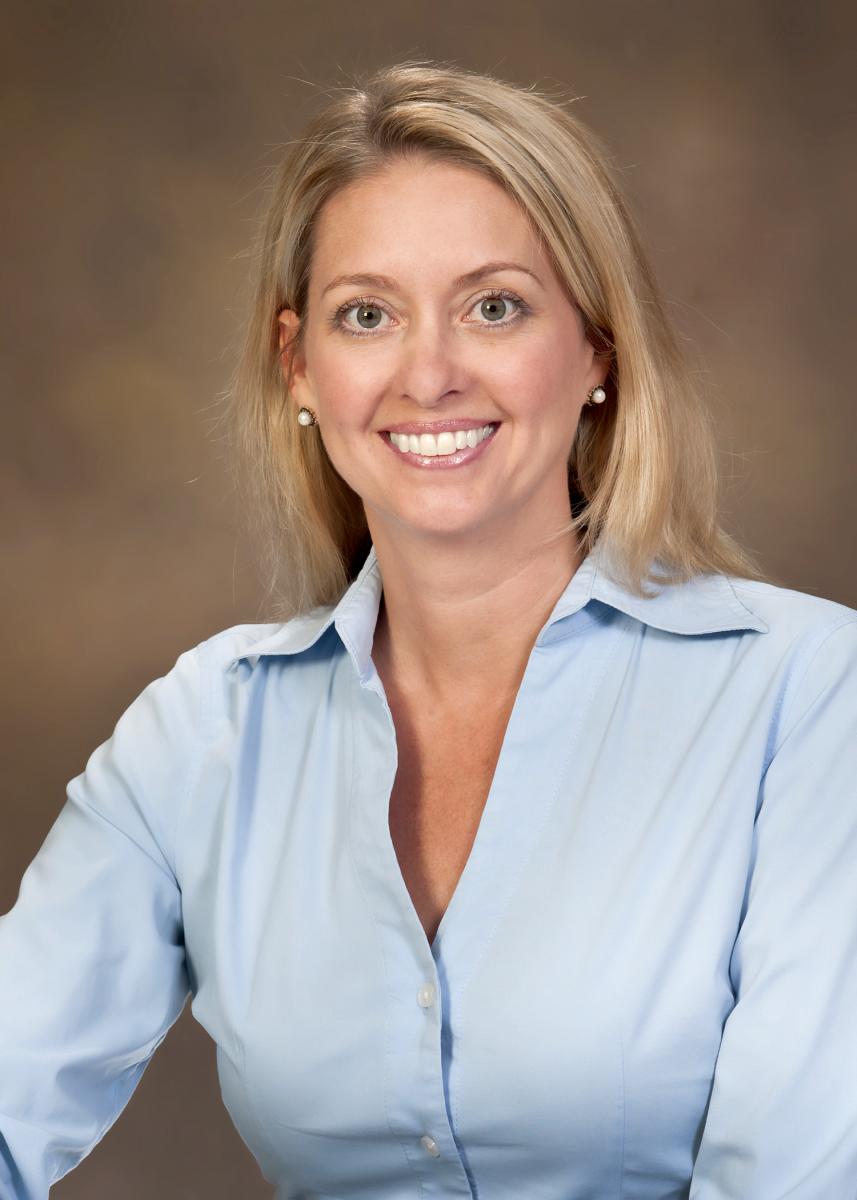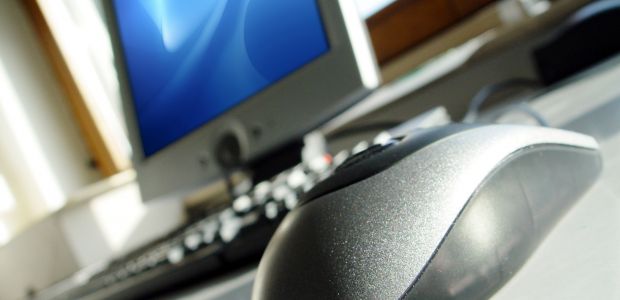Germs Spread Fast at Work, Study Finds
When someone comes to work sick, about half of the commonly touched surfaces in the office will become infected with the virus by lunchtime, according to a new study at the UA.
|
|
Anyone who has worked in an office knows what happens when a colleague comes to work sick – it isn't long before the hacking and sneezing starts to spread. New research from the University of Arizona shows how quickly those germs travel through an office environment when just one person comes to work sick.
Completed just in time for flu season, the study finds that more than half of commonly touched surfaces in an office – like doorknobs, copy machine buttons, the office refrigerator – can become infected with a virus when a single person in the office is ill. Some of the likeliest germ hotpots include the coffee pot handle in the break room, telephones, desktops and tabletops.
 |
| Kelly Reynolds, PhD, MSPH |
The study also revealed that simple interventions, such as hand washing and the use of hand sanitizer or wipes, can drastically reduce employees' risk of infection.
Conducted in an office on the UA campus, the study included about 80 participants, some of whom received droplets on their hands at the start of a normal work day. While most of those droplets were plain water, one person unknowingly received a droplet containing artificial viruses mimicking the cold, the flu and a stomach bug.
Employees were instructed to go about their day as usual. After about four hours, researchers sampled commonly touched surfaces in the office, as well as employees' hands, and found that more than 50 percent of surfaces and employees were infected with at least one of the viruses.
"We were actually quite surprised by how effectively everything spread," said Kelly Reynolds, UA associate professor of public health and co-principal investigator on the study. "I didn’t expect to find it as much as I did."
And that was in an office environment where people work primarily in isolated spaces, she noted.
"There weren't a lot of people roaming around," Reynolds said. "They basically go in their offices, sit in their chairs and are on their computers. They may go to the bathroom, and they have a common kitchen area they share and a photocopy machine, but that's about it."


